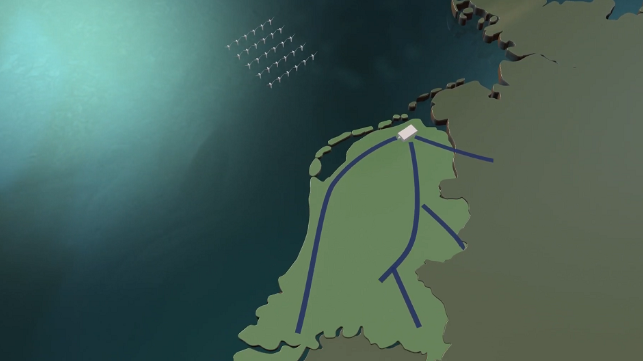Equinor Joins Shell's Giant Offshore Wind-to-Hydrogen Project

Norwegian oil major Equinor has joined an initiative spearheaded by Shell to build a massive green hydrogen manufacturing network in the Netherlands.
The Shell partnership known as NortH2 aims to produce green hydrogen using power from offshore wind farms off the coast of Netherlands. It will have an initial capacity of one gigawatt, reaching four gigawatts of capacity by 2030 and 10-plus gigawatts by 2040. This translates to about one million tonnes of green hydrogen production in 20 years' time.
In this initiative, Shell is joined by the province of Groningen, Groningen Seaports and - effective this week - Equinor and the utility company RWE. The partners will finish a feasibility study soon, and they intend to start project development work in the second half of 2021.
"Hydrogen will add to the competitiveness of renewables in the years to come, by adding value and an alternative route to market for renewables. The development of viable large-scale clean hydrogen value chains will help meet the Paris agreement targets," said Pål Eitrheim, executive vice president of new energy solutions at Equinor.
The NortH2 initiative combines well with the European Commission's goal to install 300 gigawatts of offshore wind capacity by midcentury. Transmission capacity is a significant cost factor for bringing offshore wind power to market, and if the electricity is consumed locally for hydrogen production, it does not require long distance transmission - freeing up development resources.
Green hydrogen (and green ammonia, produced by reacting green hydrogen with nitrogen) is quickly becoming a future fuel of choice for decarbonization technologists. It has flexibility, requiring only water and an adequate (and interchangeable) supply of electricity. Ammonia's properties are particularly well-understood in the transport sector, and it can likely be used to power a familiar diesel engine propulsion system or a future fuel cell system alike.
